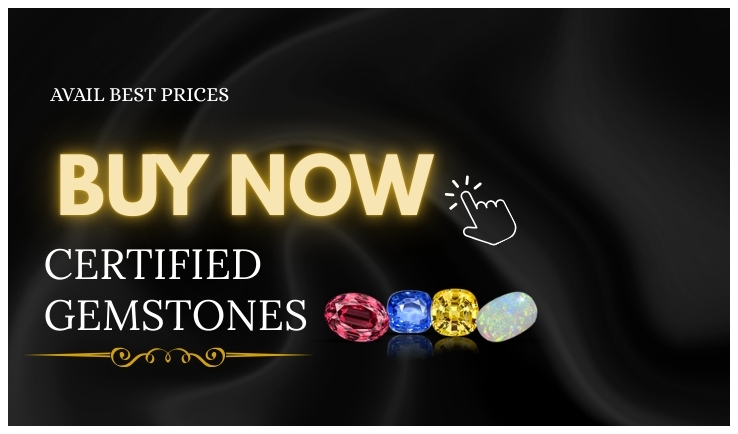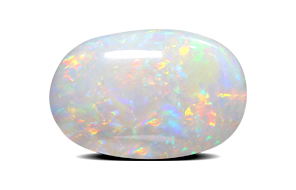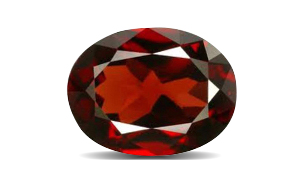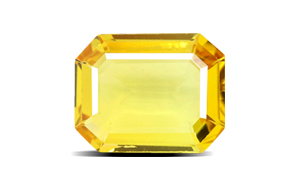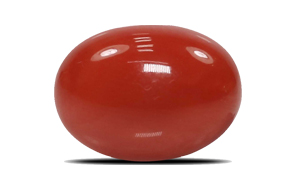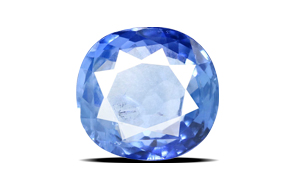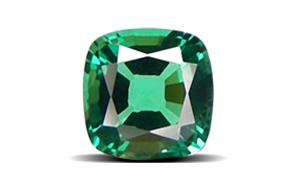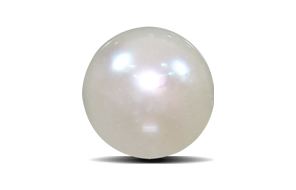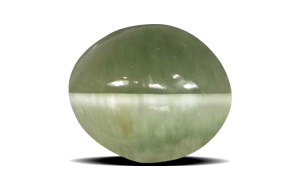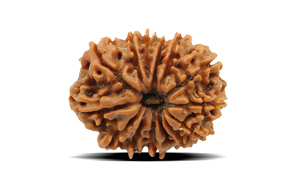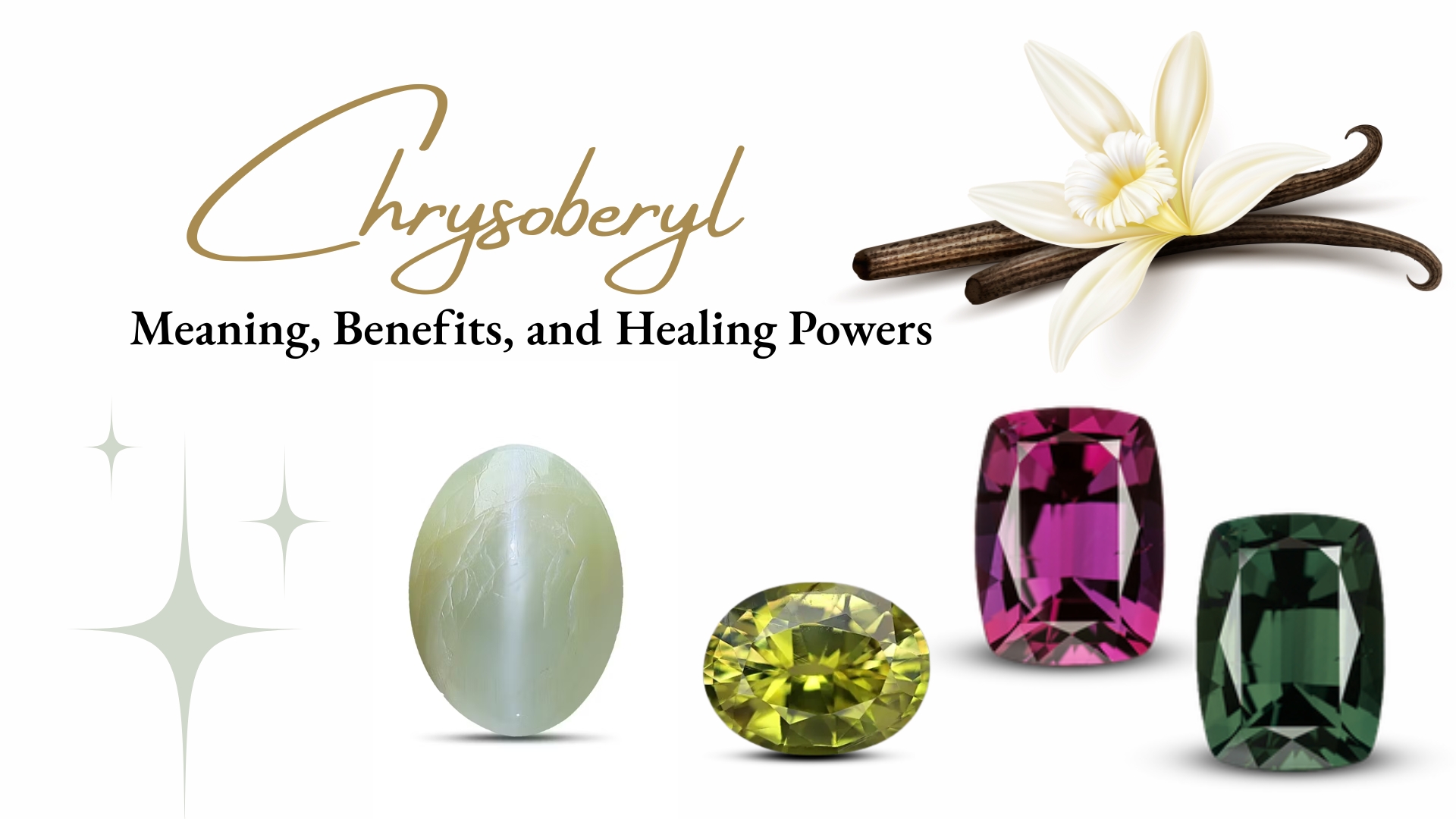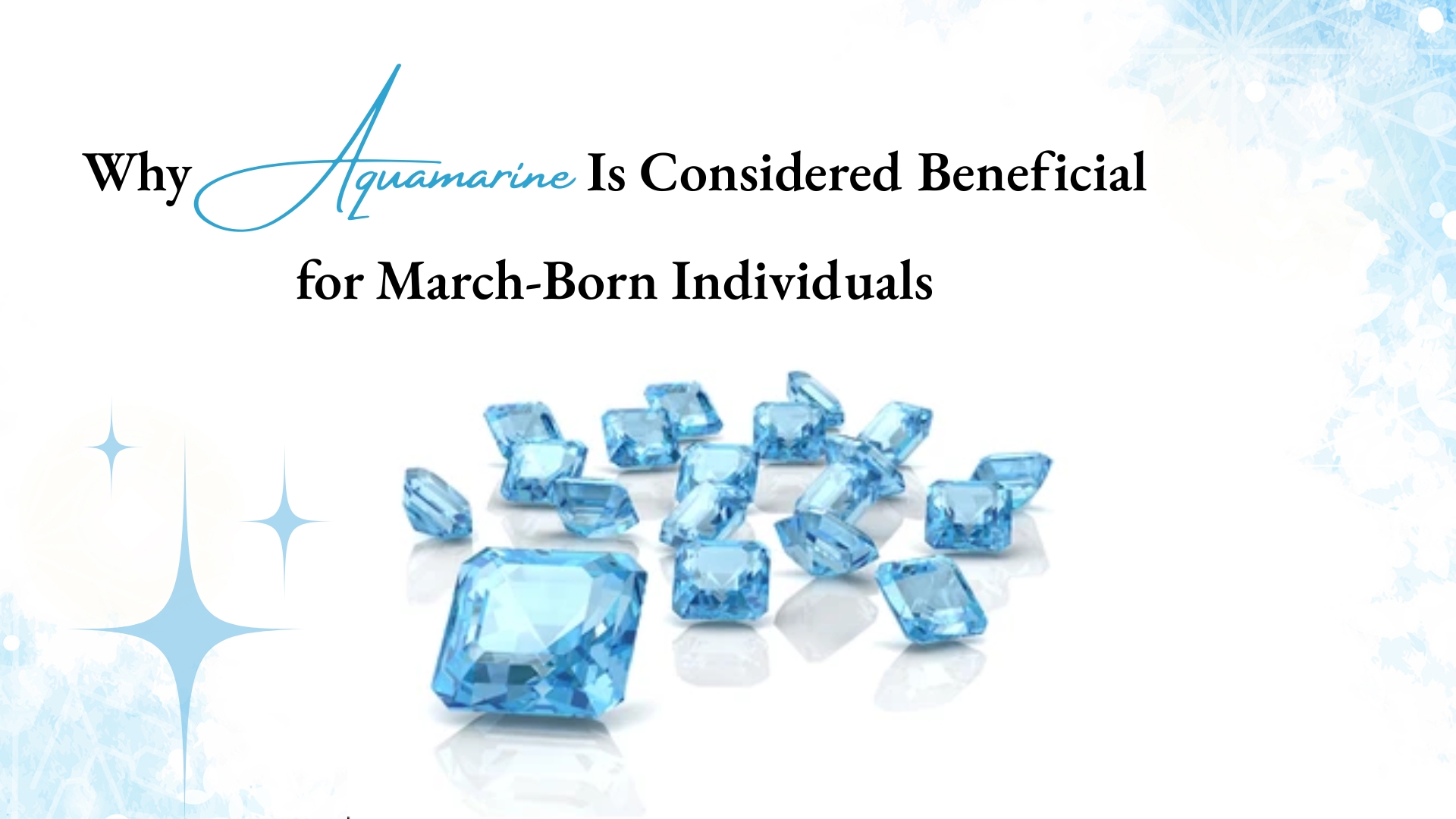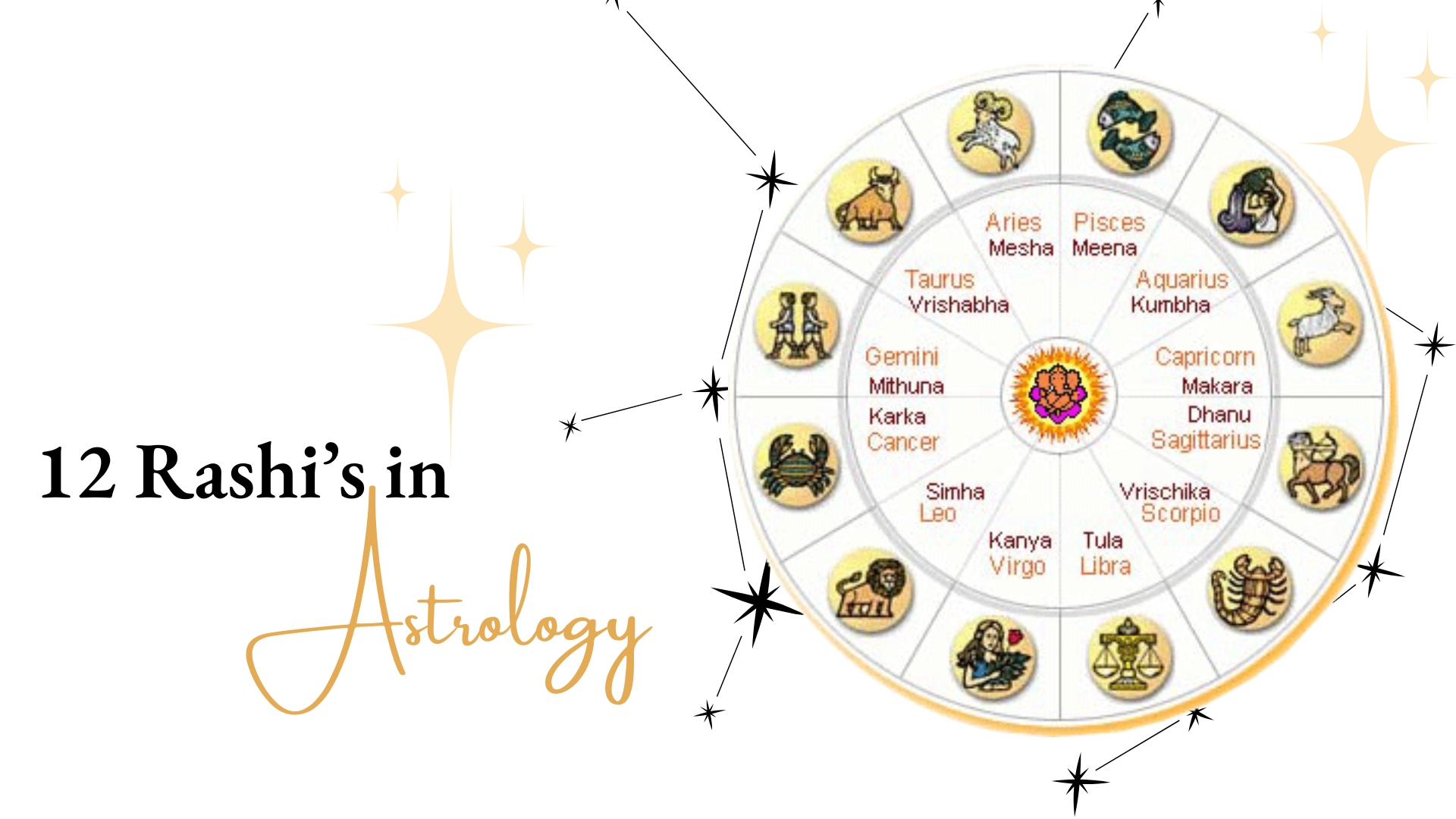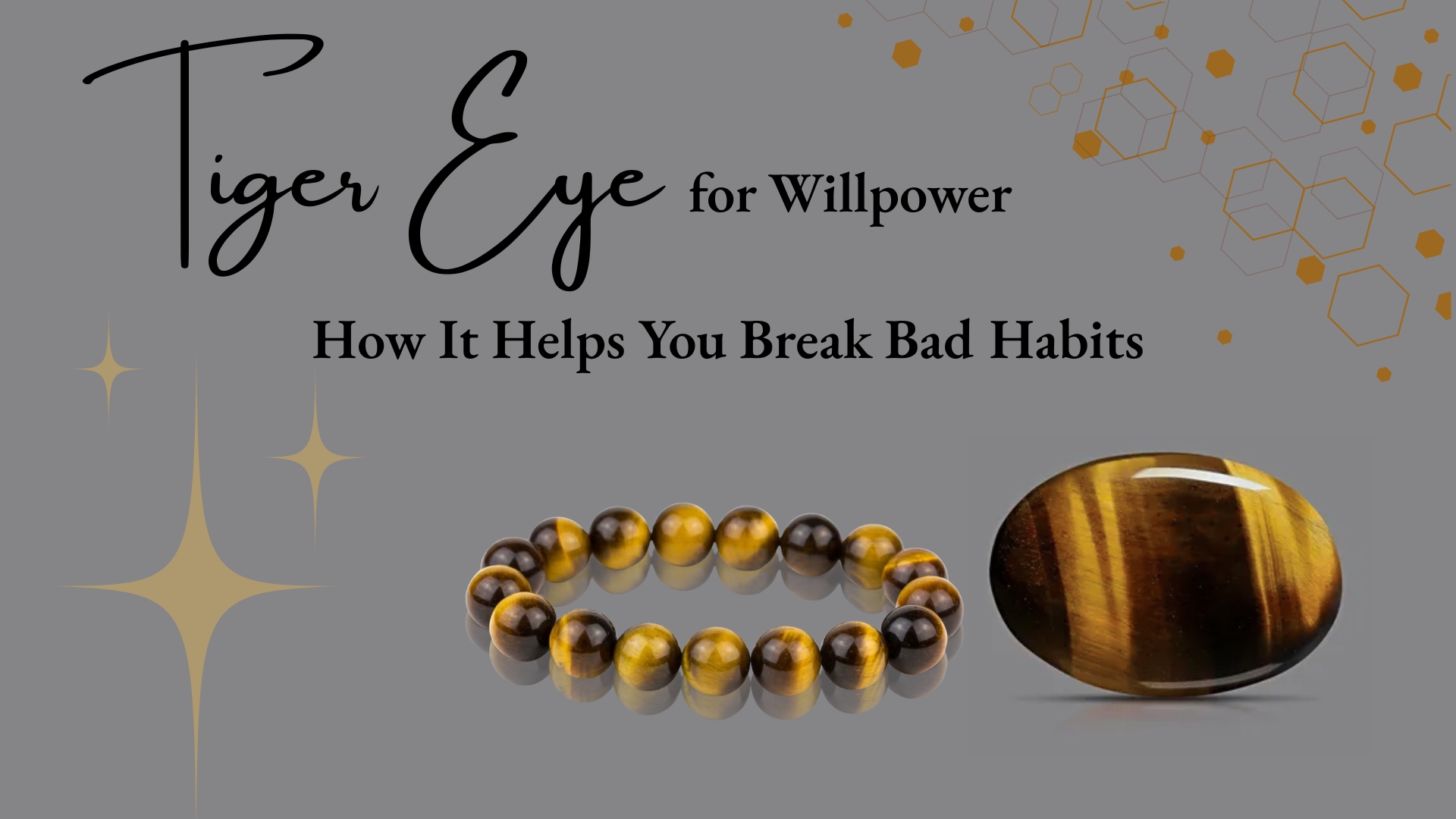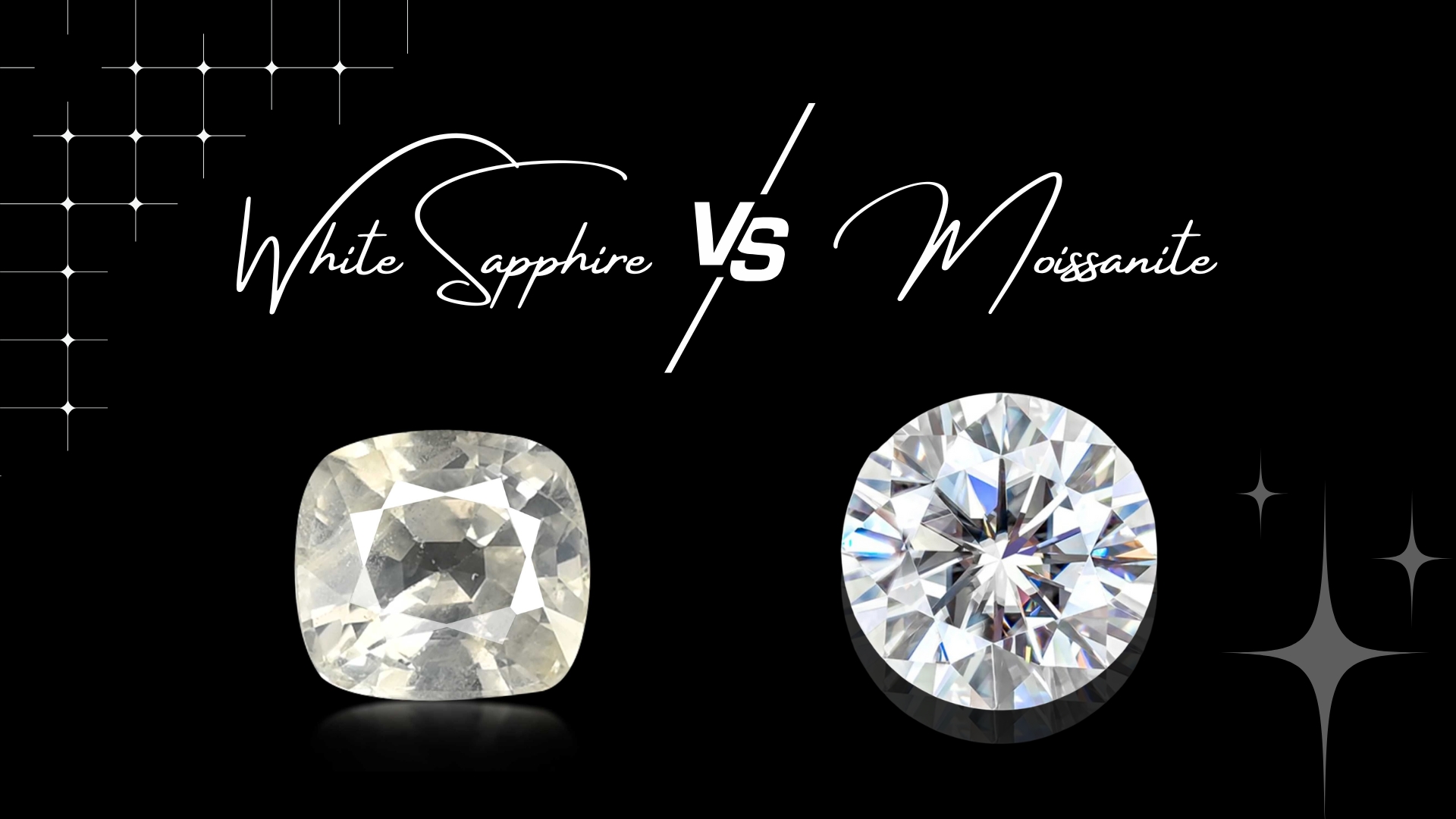Rubies, which are commonly known as manikya, are one of the most expensive gemstones found in the world. It is revered for its intense red hue and exceptional beauty. This gemstone possesses a Mohs hardness of 9. This makes it one of the best gemstones for making all kinds of jewelery pieces and ornaments. As per Vedic astrology, this gemstone is associated with the planet Sun, and it helps to strengthen the power of the Sun in the horoscope of the wearer. In this article, we are going to tell you the differences between the glass-filled rubies and natural rubies, and the ways to differentiate between them. This will help you make more informed decisions.
What is a Ruby gemstone?
A ruby is a variety of the mineral corundum, which is primarily made up of aluminum oxide (Al₂O₃). This gemstone gets its unique and enchanting red color from the presence of traces of chromium. The natural ruby stone is mainly found and mined in the regions of the are Myanmar (Burma), Sri Lanka, Thailand, and Mozambique. But, it must be noted that the best quality ruby gemstones generally come from Burma. The rubies found in this region are famous for their exceptionally vivid red hue. These rubies are also called “Pigeon Blood” rubies, since their color resembles the color of the blood of pigeons.
Natural Ruby vs. Glass-Filled Ruby: Know the major differences
Natural Ruby:
- A natural ruby is formed deep under the crust of the earth under extremely high pressure in millions of years.
- Many times the natural rubies are also sent under heat treatment which helps to improve their overall color and clarity. This is a common and widely accepted practice in the gemstone industry. But a natural ruby maintains most of its original composition and structure.
Glass-Filled Ruby:
- A glass-filled ruby is a low-quality and heavily fractured ruby gemstone, which is commonly known as a lead-glass-filled ruby.
- These fractures of these kinds of rubies are filled with lead-containing glass to improve transparency and color.
- This treatment significantly alters the natural structure of the gemstone, which makes it less durable and less valuable than natural rubies.
Why is Glass Filling Done?
There are many reasons for filling the ruby gemstones with the help of Glass. This filling is done to make otherwise unsellable rubies look visually appealing. This process helps in::
- Filling up the fractures and cavities of the ruby gemstone helps to lower the cloudy and dull appearance of rubies. It also helps in making the low-grade rubies appear clearer and more vibrant.
- In addition to the above-mentioned effects, it increases the perceived market value of rubies, though not the actual gemological value.
The Glass Filling Process Explained
There are many steps involved in the glass filling of the ruby gemstone, which are explained below:
- Cleaning: First of all, the rubies are cleaned with acid to remove their impurities.
- Filling: After this, it is placed in a solution of lead-rich glass and heated to high temperatures (around 900°C).
- Cooling: The glass melts and flows into the fractures of the ruby, solidifying as it cools.
The end product may look like a high-quality ruby to the untrained eye, but it's essentially a composite of ruby and glass.
Key Differences between Natural Ruby and Glass-Filled Ruby
| Feature | Natural Ruby | Glass-Filled Ruby |
| Formation | Naturally formed with minimal treatment | Heavily treated with glass to fill cracks |
| Durability | Very durable (Mohs hardnes 9) | Fragile because glass areas can chip or break easily(Mohs hardness of 6) |
| Value | High, especially untreated | Low, even if it looks good |
| Clarity | May contain natural inclusions | Artificial clarity due to filling |
| Color | Rich and consistent | Often artificially enhanced; may have bluish or orange flashes |
| Transparency | Natural; depends on clarity | Artificial due to glass infill |
| Price | Expensive | Much cheaper, even for large stones |
| Cleaning | Safe with standard jewelry methods | Can be damaged by ultrasonic or steam cleaners |
How to Identify a Glass-Filled Ruby
1. Use a 10x Loupe or Microscope
One of the most common and reliable ways to detect a glass-filled ruby is watching it under a 10x magnifying loupe or Microscope.
Look for:
- Flash effect: A rainbow or blue/orange flash in fractures.
- Gas bubbles: Small round bubbles trapped inside the stone, a hallmark of glass.
- Fracture patterns: Filled fractures that look like "webbing" or surface-reaching cracks.
- Color concentrations: Uneven color distribution where glass has pooled in cracks.
2. Observe Under Light
While assessing the quality of the ruby, it is essential to observe under light, since a natural ruby generally display a consistent and natural red color along with subtle needle-like inclusions, crystals, or zoning.
On the other hand, the Glass-filled rubies may show an unnatural brilliance or high reflectivity. They also show orange or blue flashes from certain angles and a unique “plastic-like” shine, especially when viewed from the sides.
3. Check for Surface Damage
While checking for the quality of rubies, you must also check for possible surface damage on the surface of the rubies. Because the glass-filled rubies are generally softer than real rubies and they may show the signs of chipping or flaking at fracture sites. In addition to this also have dull or etched areas, which are formed due to the chemical cleaning of the surface of the gem. Some of the glass-filled rubies also consist of white patches if the glass starts to degrade.
4. Conduct a UV Light Test (Optional)
Because of chromium, certain natural rubies appear red when exposed to UV light. However, because the glass interferes with the stone's natural reaction, rubies filled with glass may not fluoresce at all or may fluoresce unevenly.
5. Ask for a Certification
It is very difficult to assess the quality of the ruby gemstone with the eyes, therefore, it is always necessary to request a certification from a recognized gemological lab like:
- GIA (Gemological Institute of America)
- IGI (International Gemological Institute)
- GRS (GemResearch Swisslab)
- AGS (American Gem Society)
These labs will clearly state whether a ruby is natural, heat-treated, or glass-filled.
Common Misconceptions
Misconception 1: If the gemstones look the same, then they must be real.”
Visual appearance alone is not a reliable indicator. Many glass-filled rubies look stunning but are chemically and structurally inferior.
Misconception 2: If it's expensive, it must be natural.
Some glass-filled rubies are deceptively priced to mimic natural rubies. Always ask for lab verification.
Misconception 3: All treated rubies are bad.
Not all treatments are equal. Heat-treated rubies (without filling) are common and accepted, and they retain the stone’s original structure. Glass-filled rubies, however, are considered semi-synthetic composites.
Tips for Buyers
Buy from Reputable Sources: Trusted jewelers and certified dealers are less likely to sell undisclosed glass-filled rubies.
- Request a Lab Report: Always ask for documentation, especially for stones above 0.5 carats.
- Avoid Deals That Are Too Good to Be True: A large, flawless ruby at a low price is almost certainly treated.
- Know the Questions to Ask:
- Is this ruby treated?
- What type of treatment has it undergone?
- Can you provide a lab certificate?
Conclusion:
Without the proper equipment and information, it can be challenging to distinguish between a glass-filled ruby and a natural ruby. However, it is crucial, particularly if you intend to spend a substantial sum of money on a ruby gemstone.
In terms of durability, value, and prestige, glass-filled rubies are not to be confused with real, natural rubies, even though they fill a market niche for reasonably priced jewelry. Being informed, being watchful, and collaborating with reliable experts are your best defense as a buyer.
You will be better able to make wise decisions and appreciate your ruby for what it truly is if you are aware of the main structural and visual variations.
About The Author
Mr. Bharat Sharma, the head of the Digital Media team, has over 15+ years of experience in online media. He plays a vital role in developing strategy, ensuring quality, and providing support to customers. Highlights the experience and dedication to online marketing with natural crystals. He contributes the digital marketing knowledge to Rashiratanbhagya. Mr Bharat Sharma blends digital innovation with the ancient Vedic wisdom.



